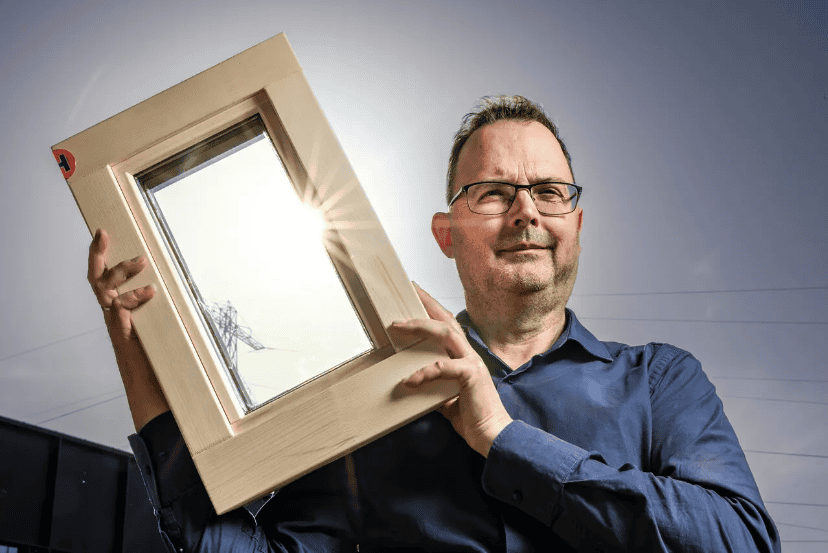
Anyone working in hospitals or social services will recognize the challenge: filling vacant shifts can be extremely time-consuming. The inefficiency of making phone call after phone call, consuming a manager’s whole day, leaving them frustrated and defeated. And after ‘solving’ the problem, a new one often arrives; staff feeling guilty about turning down a shift or angry about being cajoled into one they didn’t want.

Filling vacant shifts is expensive, time-consuming, and stressful on staff. If you can’t find people to fill those shifts you end up with huge overtime costs, agency fees, under-serviced units or departments, frustrated employees, and upset patients. Seeing all this with her own eyes, Julie Adams, founder and CEO of Toronto-based ShiftLink Inc, started thinking about solutions. She found them in an app that brings together supply and demand in an easy and accessible way. In short: “ShiftLink can fill vacant shifts in less than 2 minutes. The cost reductions are huge!”
Take one of ShiftLink’s longest-standing clients Markham Stouffville Hospital (MSH) in Markham, Canada. Previously, a manager would need at least 45 minutes to fill just one shift, for one department only. Seniority rules made it very difficult to notify staff quickly and it took a fair amount of their days calling, tracking, and communicating the outcome of those calls to staff to inform them about their new shifts. Since MSH started using ShiftLink, one manager can now fulfill the shift tasks for three departments. “What we achieved was a 75% reduction of time spent on the phone and potential annual productivity savings of up to $400,000 for the hospital. Also, with an average of four people responding per post, hospitals are provided a greater choice of available and interested staff, thus avoiding the need to pay overtime or fill the shift through an external staffing agency.” A hospital with approximately 3,000 staff could save over $9 million annually in productivity, agency costs, and overtime, she claims.
85,000 phone calls
Adams says the ShiftLink App can work in any industry with the urgency to fill shifts, but her experience shows that sectors with frontline workers are especially receptive to her solution. “Next to hospital and other healthcare centers, you can think of the homeless shelter space. We have done great things for clients without many resources.” No wonder the Salvation Army is one of ShiftLink’s clients.
Since its start in 2017, ShiftLInk has continued to grow in Canada, with a few projects across the American border, and with a lot of success. “Last year, we saved organizations from having to make over 85,000 phone calls and we notified employees of shift opportunities over six million times. This year, we will only grow further.” Adams says.
But why stay in Canada? “Indeed, our solution is not limited by the Canadian borders. Moreover, we think that Europe could also use something like ShiftLink. That’s why we contacted the Netherlands Foreign Investment Agency in Toronto, and they are helping us to find contacts in the Netherlands. Together with them, we now are looking for hospitals or homeless shelter organizations to start a pilot project. Or any other industry that needs to fill in shifts regularly, for that matter. Expansion into Europe is a logical step for us at this moment.”
Local circumstances
Adams expects her idea to work in Europe just as well as it does in North America. “It’s easy to implement, it works in any language, and it saves users a lot of costs.”
Still, local circumstances might ask for specific solutions. “That’s right, the Dutch or German market may have unique needs, and that is something we can discover through a pilot and customer feedback. That’s how we started in Canada, and that’s also how we want to operate in Europe. If there’s an organization that could use some efficiency in filling in their work shifts, we’re ready to arrange a pilot. We would love to be able to adapt our experience and success in Canada to new organizations globally and see how our solution to this universal challenge can transcend location and industry.”








